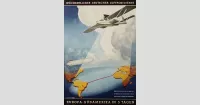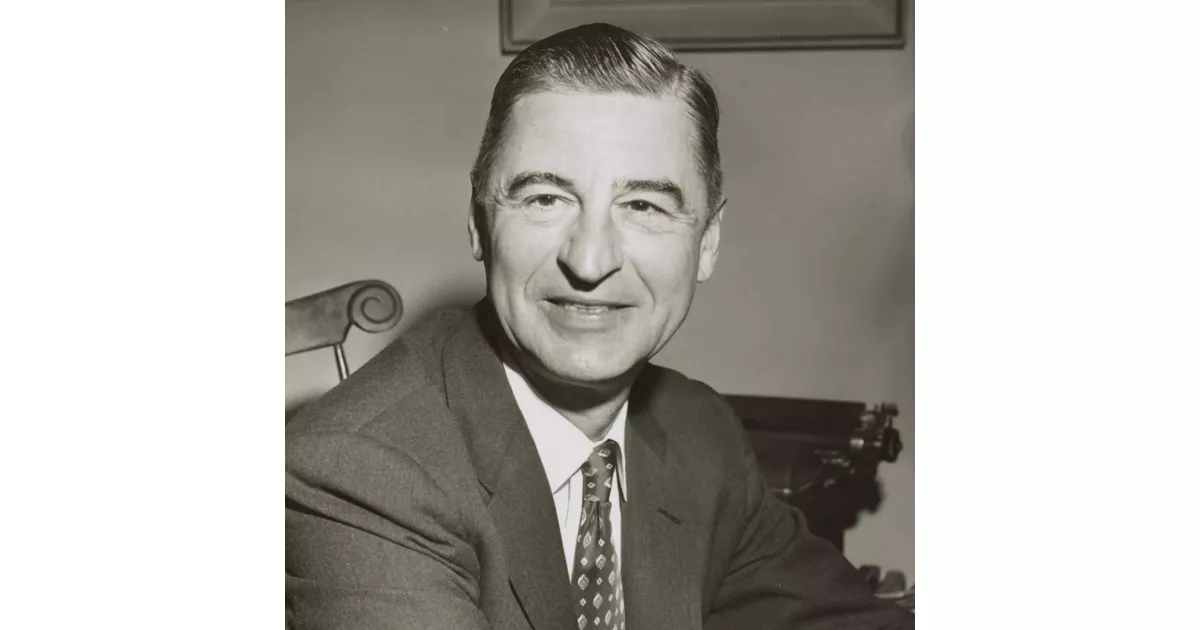Theodor Seuss Geisel, better known as Dr. Seuss, was a prolific American children's author and cartoonist. He created over 60 books, achieving immense popularity and selling over 600 million copies worldwide. His works have been translated into more than 20 languages, solidifying his legacy as one of the most influential figures in children's literature.
Mentioned in this timeline

Jim Carrey is a Canadian and American actor and comedian...
California is a U S state on the Pacific Coast...

Christmas is an annual festival celebrated on December th commemorating...
Germany officially the Federal Republic of Germany is a Western...
Japan is an East Asian island country situated in the...
Canada is a North American country the second largest in...
Trending
The North American Aerospace Defense Command NORAD is a joint United States and Canada organization Its primary mission is to...

8 months ago Sanju Samson Injured, Retires Hurt as Capitals and Royals go to Super Over

5 months ago Celebrity Cruises Ship Loses Power, Drifts Off Italy Coast for Three Hours

Airlines are companies that offer air transport services for passengers and freight using aircraft They may form partnerships with other...

7 months ago Logan Paul and Nina Agdal Wedding Fan Invite, WWE Success Fuels Criticism

Drew Brees is a former American football quarterback playing seasons in the NFL primarily with the New Orleans Saints He...
Popular

Candace Owens is an American conservative political commentator and author...

Tucker Carlson is an American conservative political commentator known for...

XXXTentacion born Jahseh Dwayne Ricardo Onfroy was a controversial yet...

Ilhan Omar is an American politician currently serving as the...

Kashyap Pramod Patel is an American lawyer who became the...

Bill Gates an American businessman and philanthropist revolutionized personal computing...
